Search the Community
Showing results for tags '20th Century'.
-
Got this off the bay some years ago. I remembered seeing it in a Military Timepieces booklet I had for ID. The booklet was from the society of military horologists NAWCC chapter 143 it doesn't exist now otherwise I might join it was run by William R Bricker a WW2 Navy pilot. Well, this was in that booklet out of his collection he had some cool stuff glad to have one of them. Says it was used by the German Navy and then appropriated by the Russians and used by the Soviet Navy in the booklet the numbers match the one in the booklet. Has a watch key for setting the time another key to lock it up and slots built into the box for the keys. Has a nob to wind it.
-
I collect mainly military timepieces but also anything with military history. Saw this grouping with a watch. The watch by itself was worth what the seller wanted but the grouping that came with it was a plus. The WW1 veteran was Frederick Cooper he was in the British Army and was on a boat crew that most likely brought troops and supplies ashore at Gallipoli. And also drove trucks later in the war. The printout I posted will tell more. There's a button stick did not know what that was we don't use that in the US Navy when I was in its next to the show horn, used to polish your brass buttons on your uniform you put it under the button, so polish don't get on your uniform. Also had the original watch strap but it was beat up and a cheap one so got a strap from David Boettcher who makes the best strap for WW1 era trench watches. The watch was sold from a store in Scotland the company on the dial there still in business today. The photo has a X that's Mr. Cooper with this watch on his wrist how cool is that. And a diary of his time in the military. I can post photos of pages out of it if anyone wants to read some of it. The Borgel case on this watch was an early type of waterproof case.
-
When I was in the US Navy. I was on my first ship the USS Proteus AS-19 a submarine tender it was around 1982 we were at Diego Garcia a small island in the Indian ocean. The US Navy leases a base there from the British. We were anchored out tenders have anchors at both ends when we anchor like this, so the ship doesn't swing when we have ships tied up to us when they are getting repairs. And we used liberty boat to get ashore. Well, the HMS Sheffield came alongside. They used our liberty boats to get ashore. We got to know the crew. Well, it left Diego Garcia I guess headed for the Falklands islands. I guess the Falkland war had started a few months later it was hit by an exocet missile and did not make it a sad ending. In our cruise book we put this in to remember them. Also added a photo of the USS Proteus AS-19
-
Here is a WW2 Kriegsmarine U-Boat clock out of my collection. If anyone ever watched the movie dos boot there getting depth charged and you see the U-Boat clock crystal crack from the explosion of the depth charges. This clock makes me think of that movie. The N on the dial for the North Sea Fleet. Still has most of the original black paint someone did polish the bezel ring. Most you see all the black paint gone.
-
 Just want to know other opinions about my question.
Just want to know other opinions about my question. -
Great shot of three Canadian Paras of the 1st Canadian Parachute Battalion 6th Airborne Division in England February 1944.
-
Are these the correct collar badges for a WW2 RASC officer, or should they be the darkened bronze types like they used in WWI? Thanks.
-
Can anyone provide me information on the unit that is indicated on this letter written from Italy during WW2? Thank you.
-
After being handed down my Great Grandfather's World War One Identity Tags I wrote a shot article on the artefacts for a military Facebook group I had joined. As such, I thought to share the information in this group as I was surprised at the number of people that didn't know the history or purpose of the different design of 'Dog Tags' . The British Army introduced Identity Tags in 1907 in order a soldiers details could be recorded should he become a casualty. They were locally produced at unit depots and stamped with regimental number, surname and initials, regiment, and sometimes battalion and rank. Religion was also added. This method of production meant the characters were rarely aligned. The aluminium discs were the first design though by 1915 they were made of compressed fibre that was more comfortable in hot climates. Two tags were required to be worn bearing the same information. An eight sided green tag with two holes was hung around the neck using one hole. Through the remaining hole a shorter cord was strung with a red tag hanging from it. This method allowed the latter to be removed leaving the green tag in place on the body. Wearing the tags in this manner meant those finding the soldier with only a green tag would know his death had been previously reported. The details on the green tag could then be used on a grave marker. In addition to the official Identity Tags soldiers often had manufactured an Identity Bracelet many of which took the form of the aluminium disc or were made of silver. Having their service number and initials stamped on the army issue spoon was also common practice . This served a dual purpose, to identify a valuable piece of kit if lost and also to assist identification should they become a casualty. I have also attached my Great Grandfather's Pattern 3910/1894 'Fiddleback' spoon, the earliest issue used in the Great War, with his regimental number and unit stamped on the handle. It is noticeable that one side of the 'bowl' has been straightened so as to act as a knife. I hope that is of some interest. Gunner.
-
-
Being ex Royal Artillery and with an interest in this arm of the military I thought to share the following. The 'Paris Gun' was designed by Fritz Rausenberger and manufactured by Krupp. The artillery piece fired a 106kg shell over 120km reaching a maximum height of over 39km's. The shells were the first man made objects to reach the stratosphere and not equalled until Germany produced the V2 in WW2. The wear on the 34m barrel meant a larger shell had to be used after every shot and rebored at 65 rounds. The gun was operated by 80 Imperial German Navy crewman with a maximum rate of fire of approximately 20 rounds per day. Paris was shelled between March and August 1918 and initial reports suggested the city was being bombed from the sky as no artillery was heard. Another theory, reported by the press, was that the city was being shelled by Germans nearby or within Paris itself. After inspection of the fragments the French realised they were being shelled by a long range artillery piece and started a search for the German guns. It wasn't until days after the first shell landed that the 'Paris Gun' was located by French air reconnaissance. Between 320 and 367 rounds landed on the French capital before the guns were withdrawn from the front. It is reported that 250 people were killed by the weapon, with the worst incident happening on Good Friday when a shell landed on the roof of St-Gervais-et-St-Protais Chruch killing 91 and injuring 68. No 'Paris Guns' were ever recovered by the allies despite Germany being ordered to hand one over after the Treaty of Versailles. As such, exact specifications and performance figures varied until Rausenbuerger's notes were discovered by Gerald Bull in the 1980's. The Iraqi 'Super Gun' was a product of this design. The discovery and development of the 'Super Gun' did not bode well for Bull who was assassinated as a result of his involvement. Gunner87
-
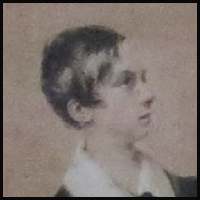
Multiple Eras Coldstream Guards: Share Any Original Militaria
GCCE1854 posted a topic in Uniforms, Insignia, Equipment & Medals
Starting a thread for everyone to share any photos/finds of all types of militaria from the Coldstream Guards. This can include everything and anything that was used by a Coldstream Guard -- uniforms, helmets, caps, badges, buttons, letters, medals, weapons, etc. It's always so much nicer to see some real items when researching, so let's share some photos (from your own collection or anything you can find). To start off with, here are some really great photos of a Coat. This was only listed as "Early Genuine British Coldstream Guards Dress Uniform with Belt" - no year given. I'm not experienced enough to date it, but these are some great photos! This coat was sold for $200.00 at Worthington Galleries (Gallatin, TN) on 19 May 2018.- 11 replies
-
- Pre-Napoleonic Era
- Victorian Era
-
(and 2 more)
Tagged with:
-

Small Group to a Stoker from the HMS Barfleur
Dirk posted a topic in Uniforms, Insignia, Equipment & Medals
This man served onboard the HMS Barfleur when some of its crew was put ashore to support the China Relief efforts during the Boxer Rebellion in 5he summer of 1900. He served either as a part of the ill-fated Seymour Expedition or the successful relief effort two months later. Saw some hard fighting either way, earning a Relief of Pekin bar. Later served through WWI. -

20th Century Pith Helmet in Photo of 1909 Coldstream Guard in Egypt
GCCE1854 posted a topic in Uniforms, Insignia, Equipment & Medals
Hoping that some here may be able to help me. This photo shows a Lieutenant in the Coldstream Guards -- taken "on trek" when he was serving in Egypt in the first half of 1909. I'm trying to find out what version of Pith Helmet he is wearing here. If anyone can help with color photos of one like this, that'd be great. Hoping that Sis can make a miniature one eventually, but having spent some afternoons looking at British Pith Helmets . . . there are a number of types! Thanks in advance. ETA: A second pic shows him in the helmet again, and you can see the band a lot better there. -

20th Century Royal Army Service Corps Badge, ERII
stratasfan posted a topic in Uniforms, Insignia, Equipment & Medals
@Waggoner - Reading your New Member post made me very excited when I saw the mention of the Army Service Corps. So, I got a picture of my ASC badge and wanted to share! It is ERII, and apart form that, I don't know about it. I am thinking it would be a hat badge? I got this and had never heard of the Royal Army Service Corps. Found out it is similar to our US Quartermaster Corps - transporting food, furniture, supplies, etc. One day I might actually be able to start an ASC collection! In the meantime, my badge has pride of place in my cabinet along with my Diamond and Platinum Jubilee souvenirs. Did the Royal Army Service Corps do the actual ordering of food, supplies and furniture, or just the transporting, etc.? -
These unusual postcards from my collection depict the Mediterranean Fleet of the Royal Navy which had its main base on Malta. The last two look the same but are actually different, Gunner87
-
This great photograph from my collection depicts Sergeant Wells, Sergeant Powell and Private Eburn all serving with the Royal Marine Light Infantry (RMLI). Private Eburn, a relation, was posted to H.M.S. Blonde from May 1912 to May 1913 when the Royal Navy scout cruiser was serving in the Mediterranean and where we think this photograph was taken. The two Sergeants wear the white RMLI Working Dress Frock. Eburn wears the navy 1902 Pattern Service Dress Tunic. All three are wearing Broderick caps. The photo, which was probably posed for, shows the three marines manning a Maxim Machine Gun in what appears to be an air defence role.
-
I thought I'd share this real picture postcard I have of the unusual HMS M2, built by Vickers, and laid down in 1916. The M2, completed in 1919, was one of three M Class submarines. In this photograph the M2 can be seen in its early days with a 12" gun on deck, as opposed to after conversion, where it was fitted to carry a seaplane. Tragically, on the 26th January 1932, while on exercise off the Dorset coast, the M2 was lost with all hands. This accident has been put down to either a hangar door being left open or the stern hydroplanes failing, causing her to sink backwards as witnessed by a passing ship, the Tynesider. Efforts to raise her were abandoned. The reverse is signed but efforts to confirm by who have so far not yielded any results. Sadly, and evidence of suffering by the crew after the sub sank, is a piece of wood washed ashore with "HELP M2 gone down No2 hatch open" in pencil and on the other side "Help Lieut."
-
I recently commissioned a young Ukrainian artist to paint a portrait of my Great Grandfather who served in the Royal Garrison Artillery. To say I was happy with the result would be an understatement. I thought it maybe of some interest. The first image is work in progress, the second the finished piece ready to be framed. Gunner87
-
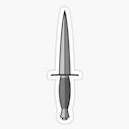
20th Century Original Webley with reproduction bayonet for study and looks.
dcollector posted a topic in Weapons, Vehicles & Tactics
Everything else in the picture is period original. A Webley MKVI with an unshaved cylinder is not too common in the US. (In the 50's when these were imported in large numbers; a shortage of .455 ammo prompted the importer to lathe the tops of the cylinders so that it could be loaded with the more available .45acp with a moon clip (proven also not to be very safe, .45 auto-rim being advisable.) This one is un-alttered, the full serial number and crows foot stamp being readable on the cylinder; the number is usually gone, or cut through by the lathe process.) The Pritchard Pistol Bayonet is a modern Reproduction. Patented on 29 November 1916 by Lt. Arthur Pritchard of the 3rd Bn, Royal Berkshire Regiment the Pritchard bayonet was designed to fit the Webley revolver. My thought is, you would adjust you grip position when it was shot empty and there was no time to reload, and use it as I do in picture 6, at least I would, lol. Webley MKVI .455 revolver (British 1916) .303 cordite cartridge (British 1916) Box of .455 Revolver cartridges (Canada 1944) Canvas Webley holster (Canada1943) No. 36 Mills Bomb SPF (British 1936) US MKII Trench Knife 1918 (USA 1918) -

20th Century WW2 British hat - Royal West African Frontier Force (R.W.A.F.F)
oldrag71 posted a topic in Uniforms, Insignia, Equipment & Medals
Hello all, Looking to all of the knowledge out there. Will someone please identify the flashes on the side of this hat? I have scoured the web and cannot locate them (probably looking in the wrong place or calling them the wrong thing). Was this type of hat used in a specific area, Country or region? I see a lot of slouch hats with the wide hat band and they appear to be Australian....any info on the hat would be great. Thanks! -
A American GI shares a Cigar with a Gurkha of the 2nd Battalion of the Regiment in 1945, 10th Indian Division, GI's unit unknown.
-
WRENS Manhandle a Torpedo, I think in Southampton Navy Yard, WRENS undertook these replenishing duties at homes bases in the war, Supplies of all sorts as well as Ordnance.
-
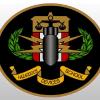
20th Century Identifying Reproduction British Commando SSIs
Tonomachi posted a topic in Uniforms, Insignia, Equipment & Medals
There are so many variations of WW2 era British Commando SSIs. Instead of posting photos of real ones I thought it would help if I posted photos of some of the more better made (convincing) reproductions of the WW2 era British Commando SSIs. -

20th Century Purposely tampered with SAS Wing to deceive
Tonomachi posted a topic in Uniforms, Insignia, Equipment & Medals
Here is one of the examples where someone has taken a circa 1980s SAS wing (photos 1 & 2) and purposely tampered with it to give it the appearance of a WW2 era SAS wing (photos 3 & 4). A number of the genuine WW2 era SAS wings have wings that lack the upward sweep and instead are parallel to the ground. So the rear black canvas like backing material is removed along with any padding material to make it more pliable. They then pull the wing tips down and destress (age) the front. Now they try and sell it at a much higher price as a WW2 era SAS wing. They have appeared for sale out of the UK so someone over there is doing this. Don't fall for this. Here is a reproduction WW2 era British SAS wing that have been selling on eBay for many years now. See how the wings are parallel to the ground. Supposedly when they first came out some SAS troopers actually preferred the look of this wing and actually wore it on their uniforms.

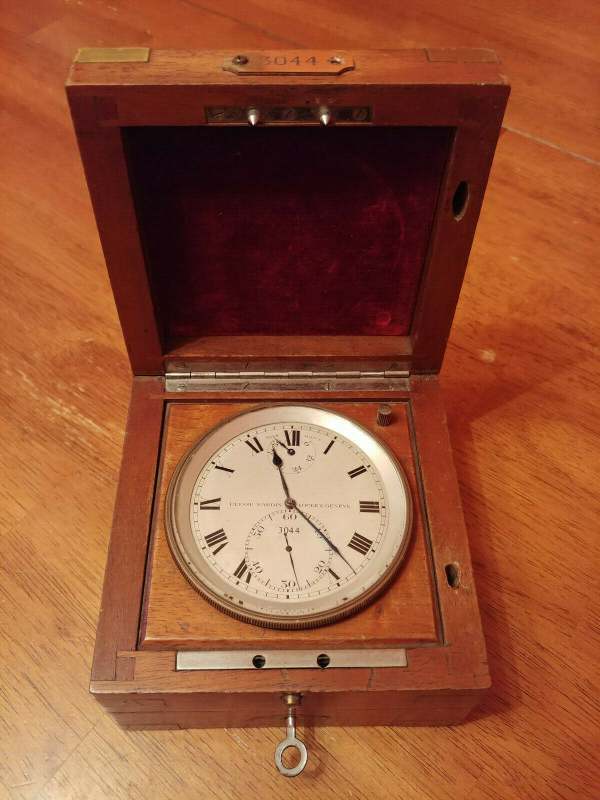




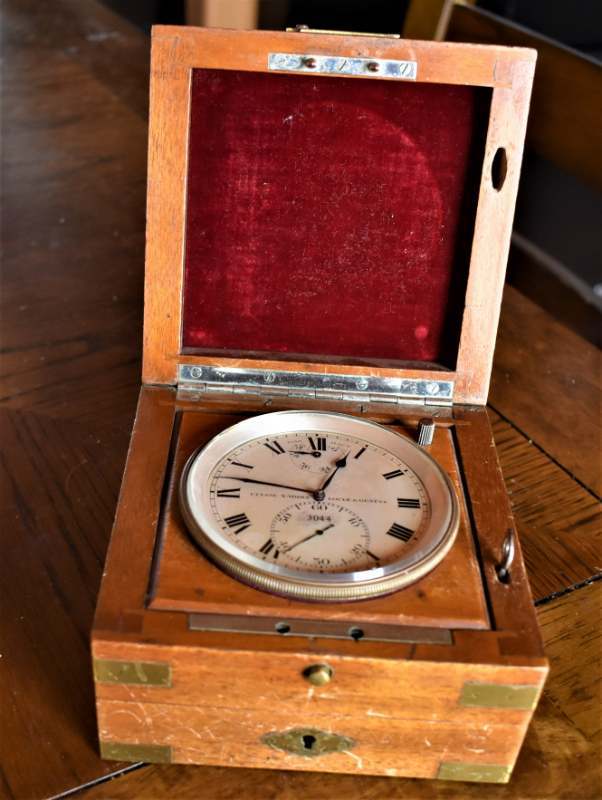
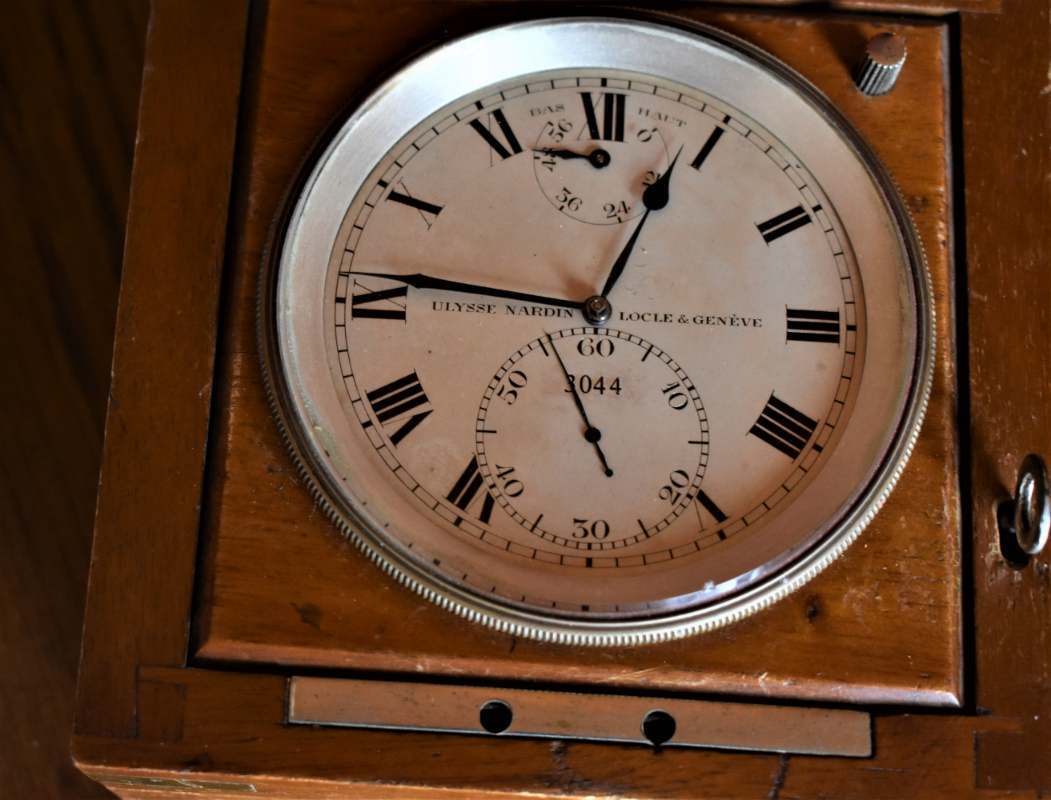

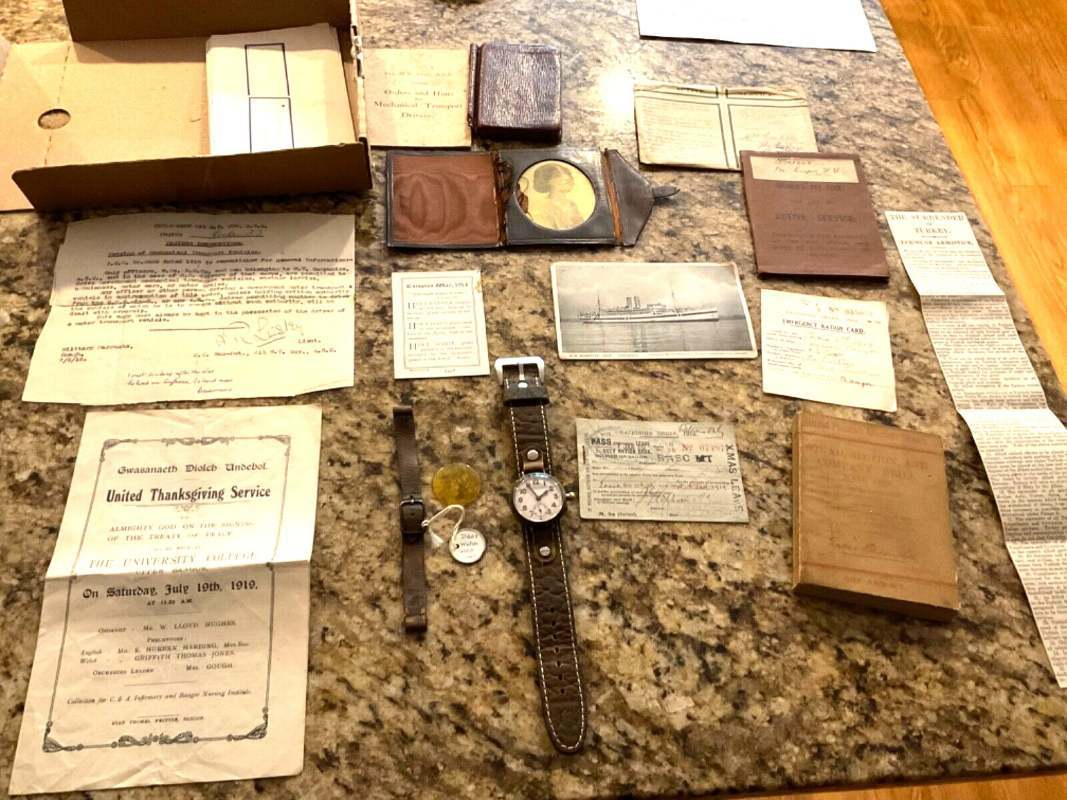

.jpg.a4484615efca8c964a6af7fbd6b8da0f.jpg)



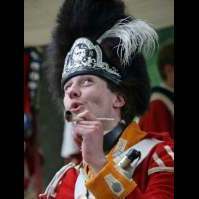
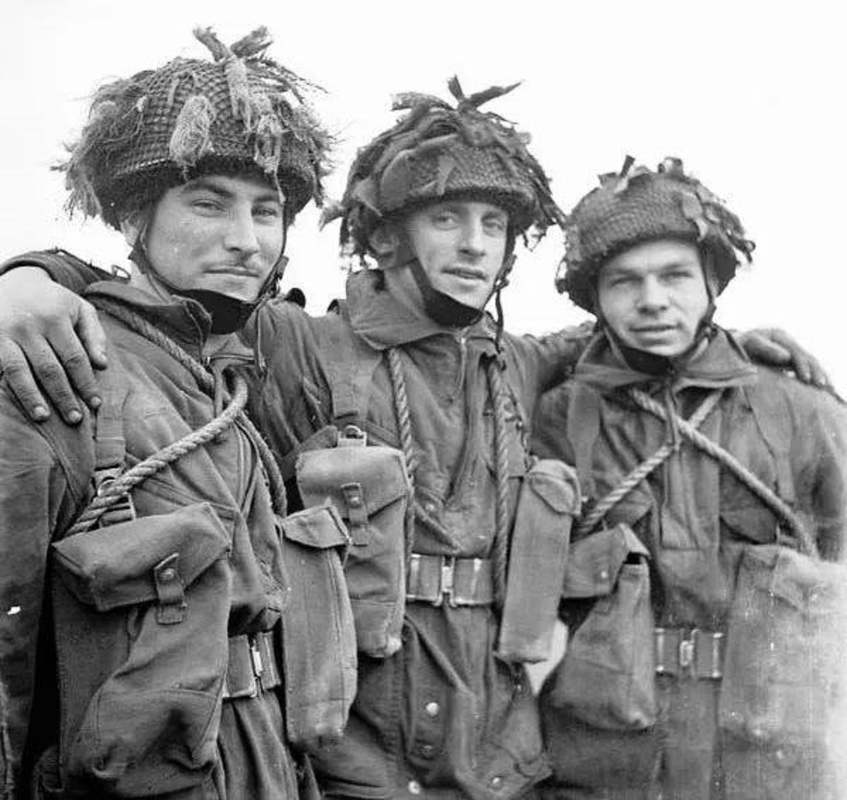

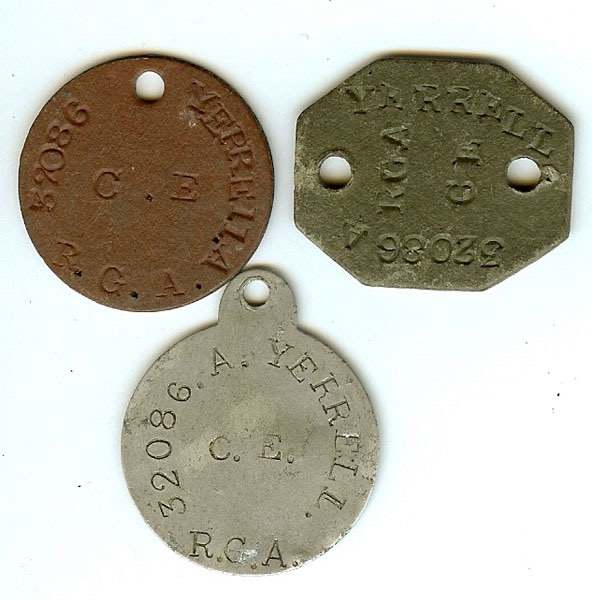


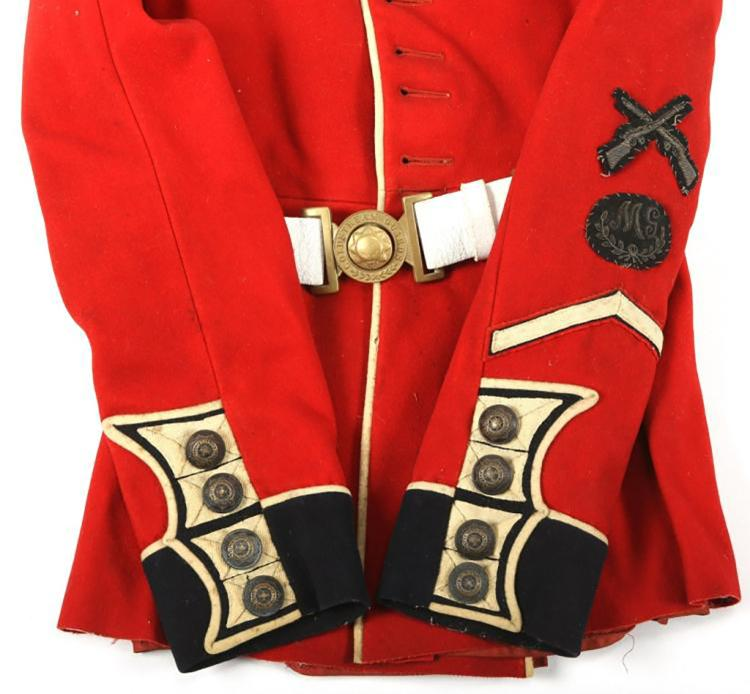
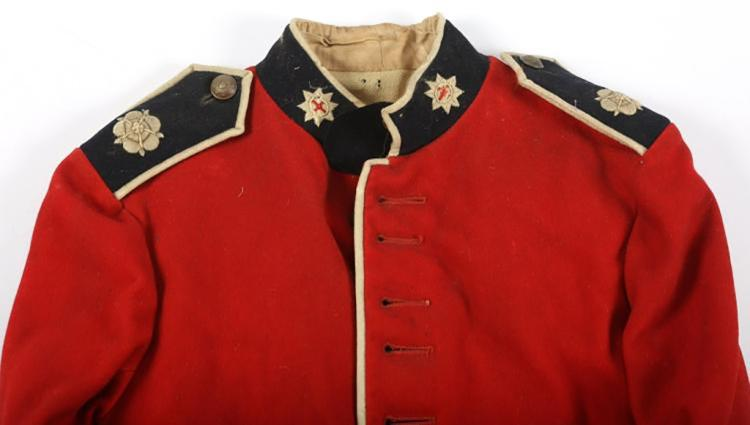
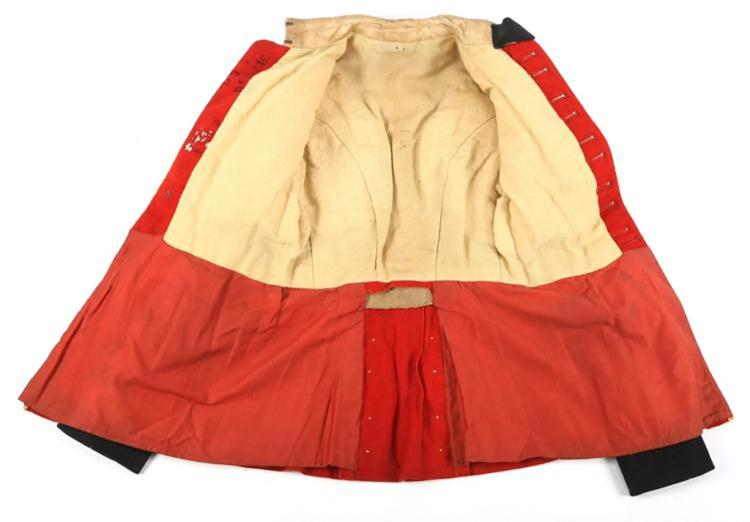
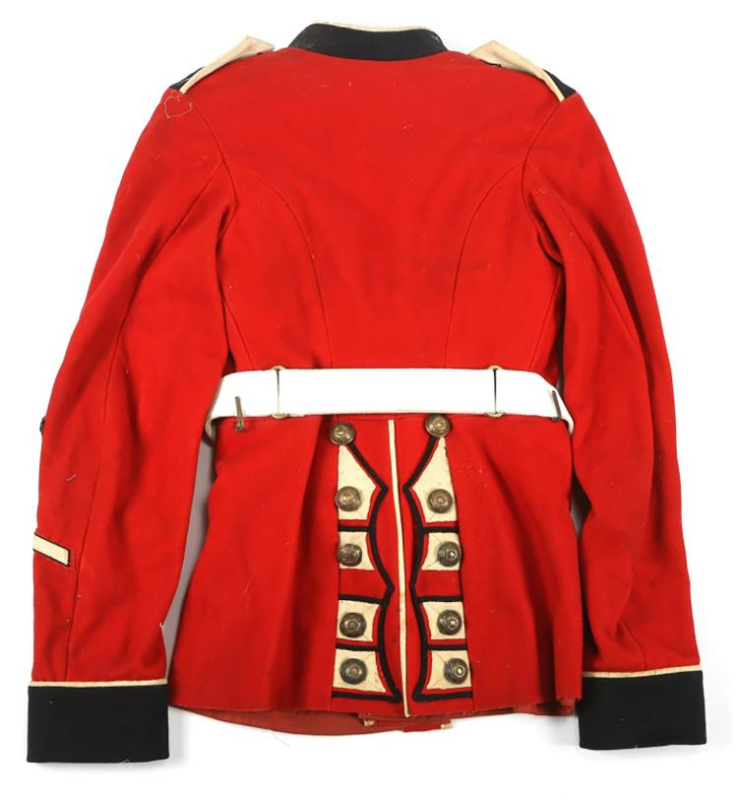






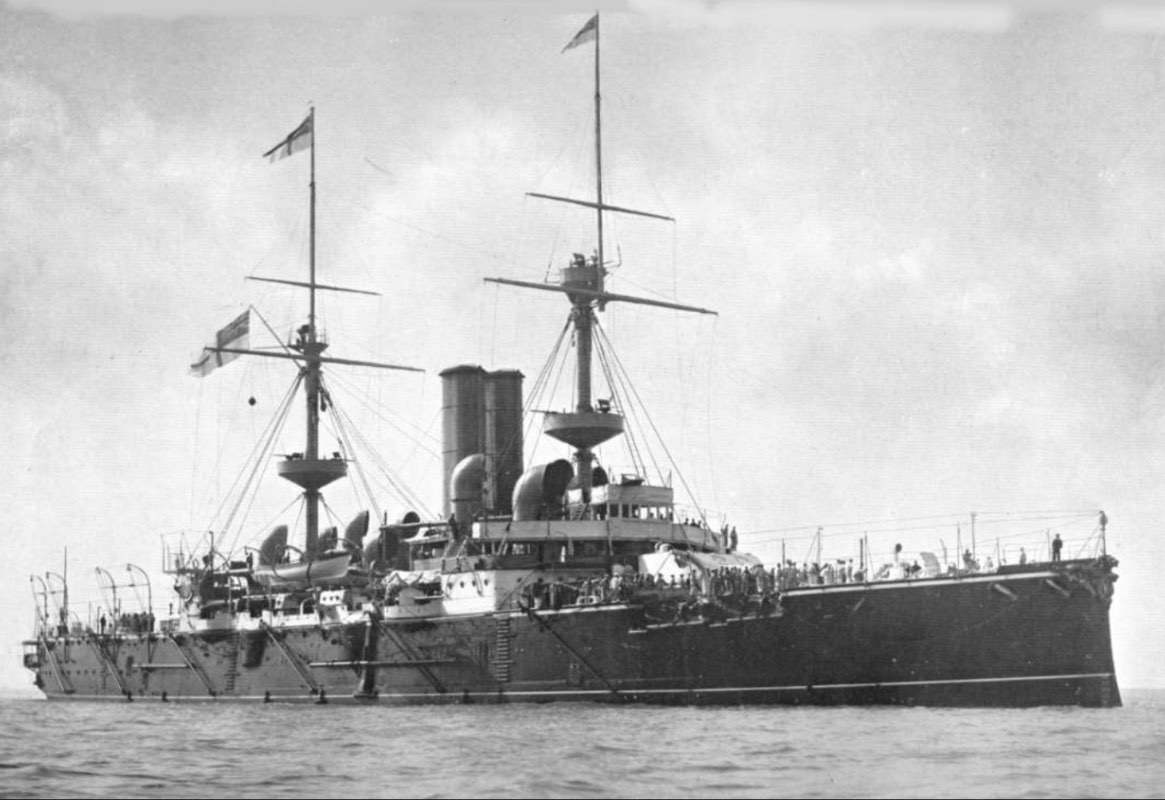


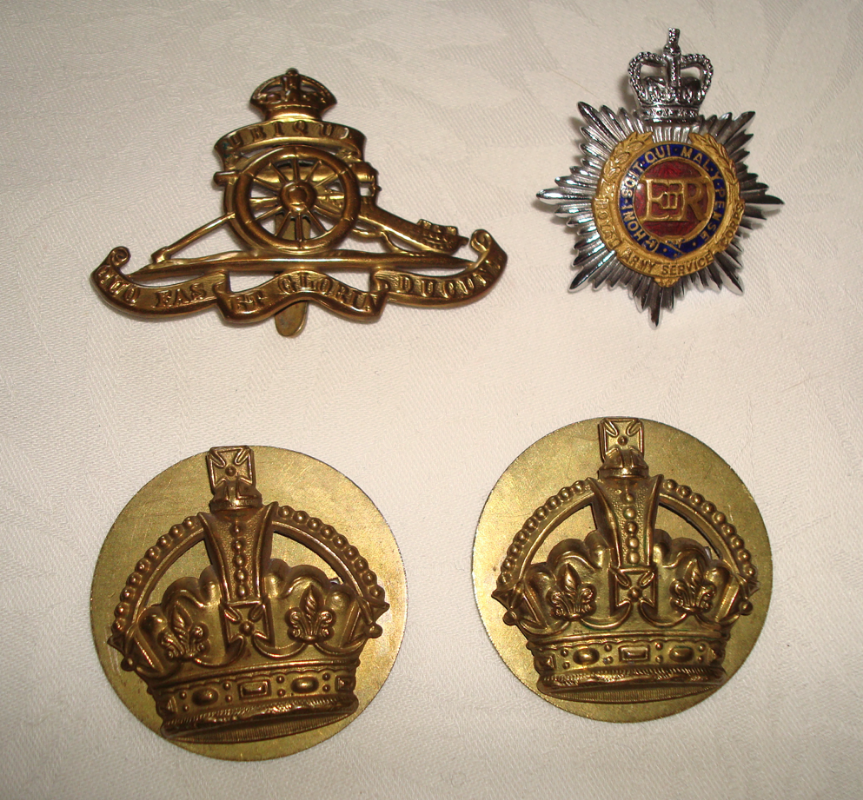







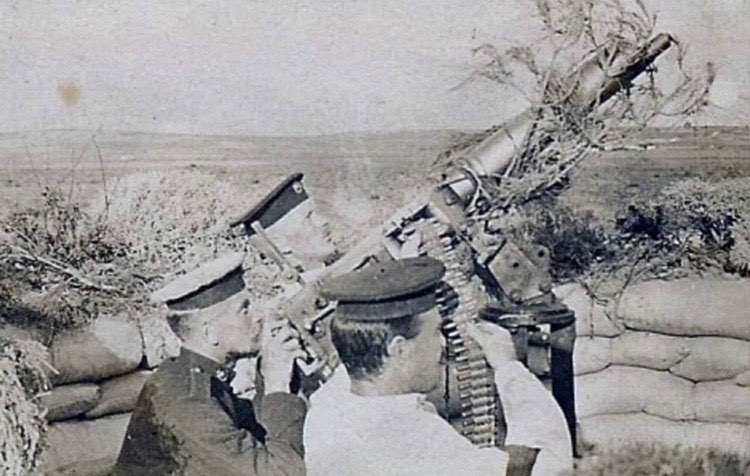
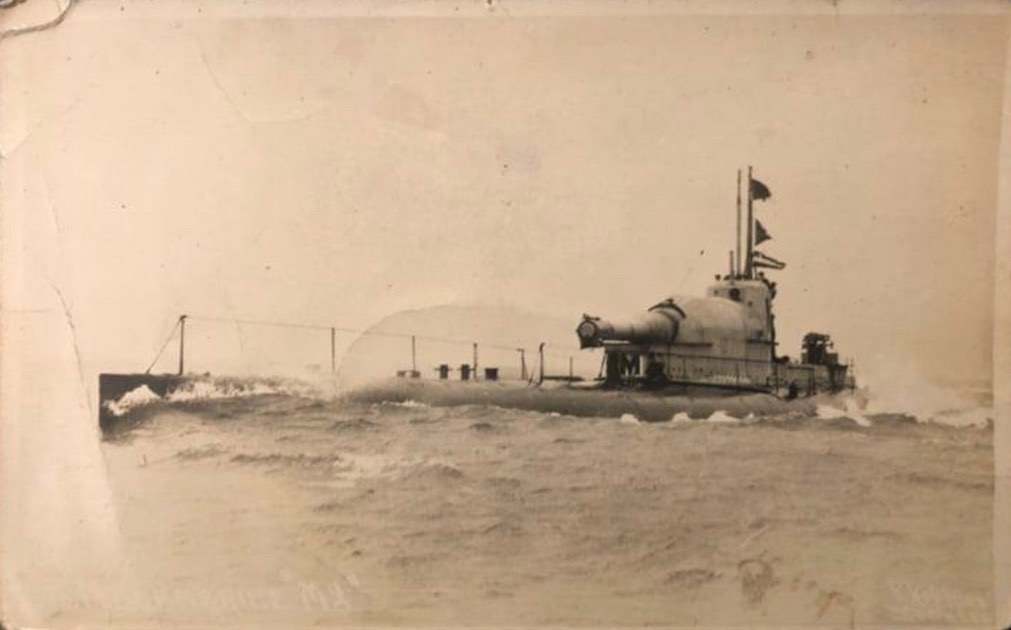

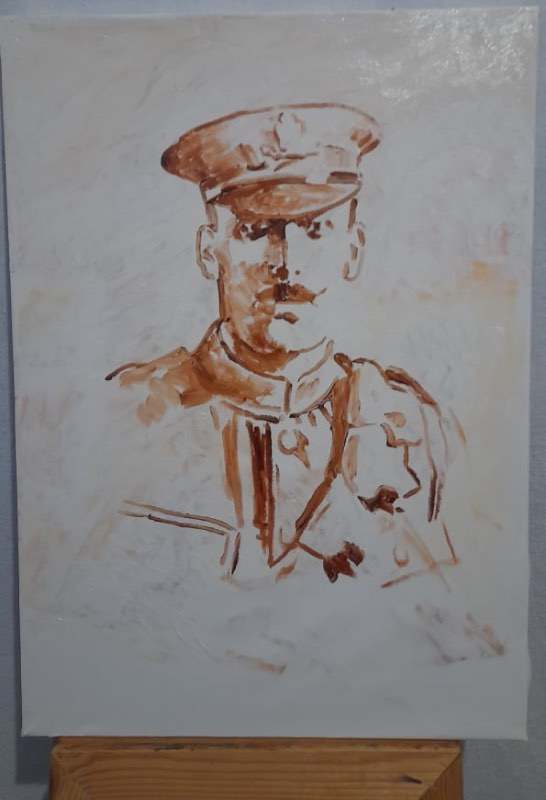
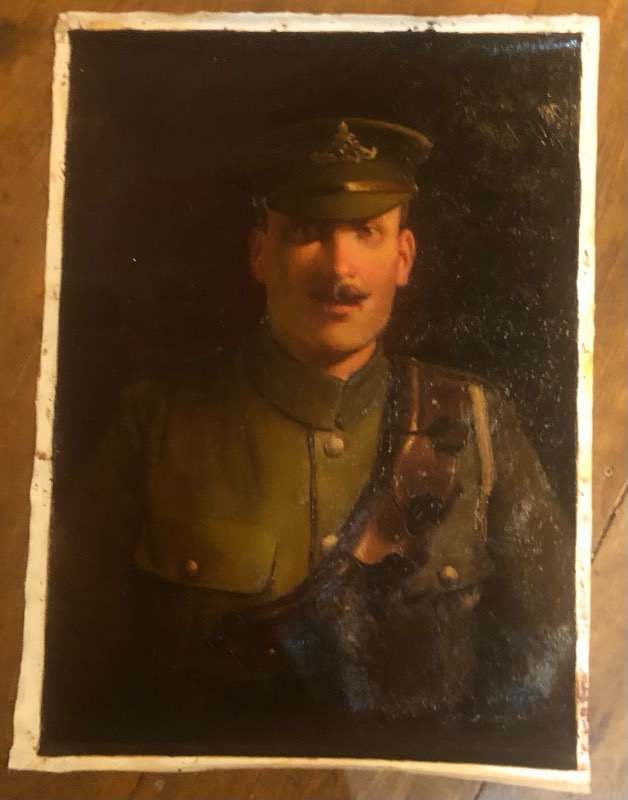

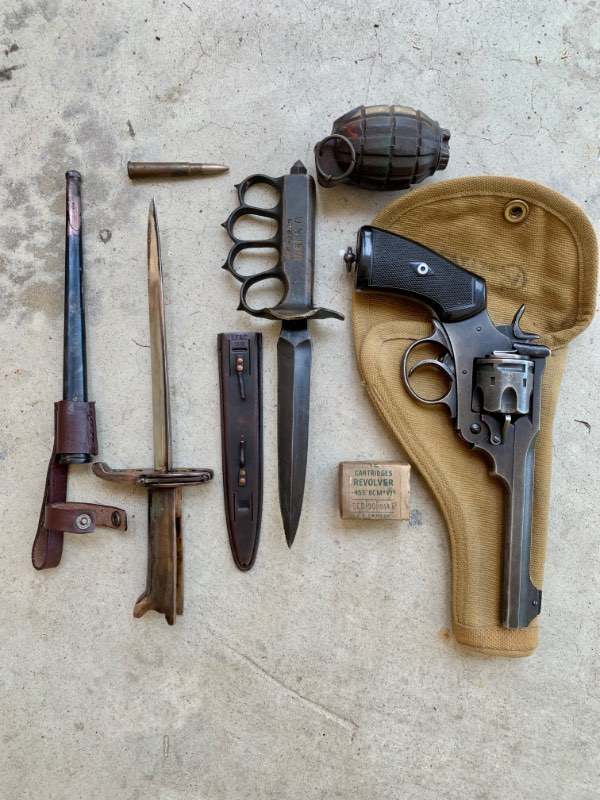







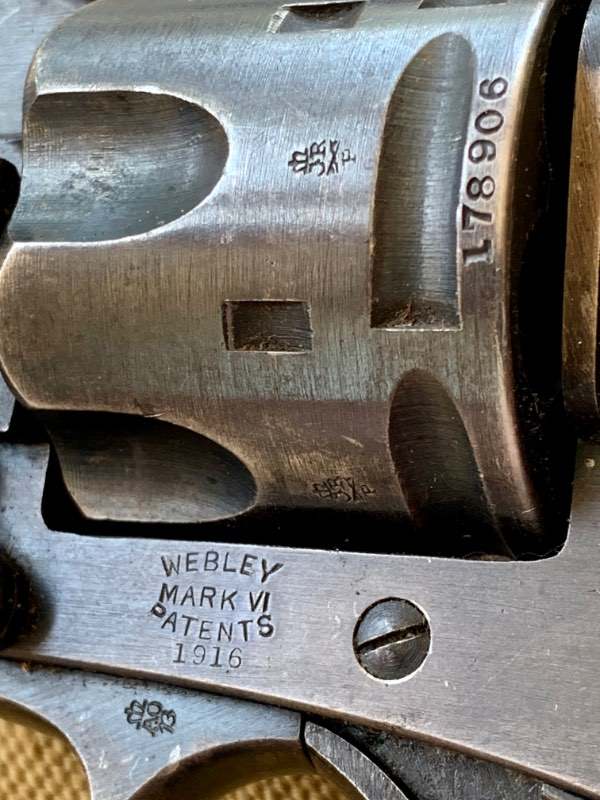
.jpg.414464ab53e3e29891dd16048de3215f.jpg)
.jpg.b19aba61ceb5dd79cf5d280a9c0a5a76.jpg)
.jpg.c61bf4daf6b40f6c63c216446c63ec1e.jpg)
.jpg.0155c6cb2ea47d2cf5da5e1602215297.jpg)
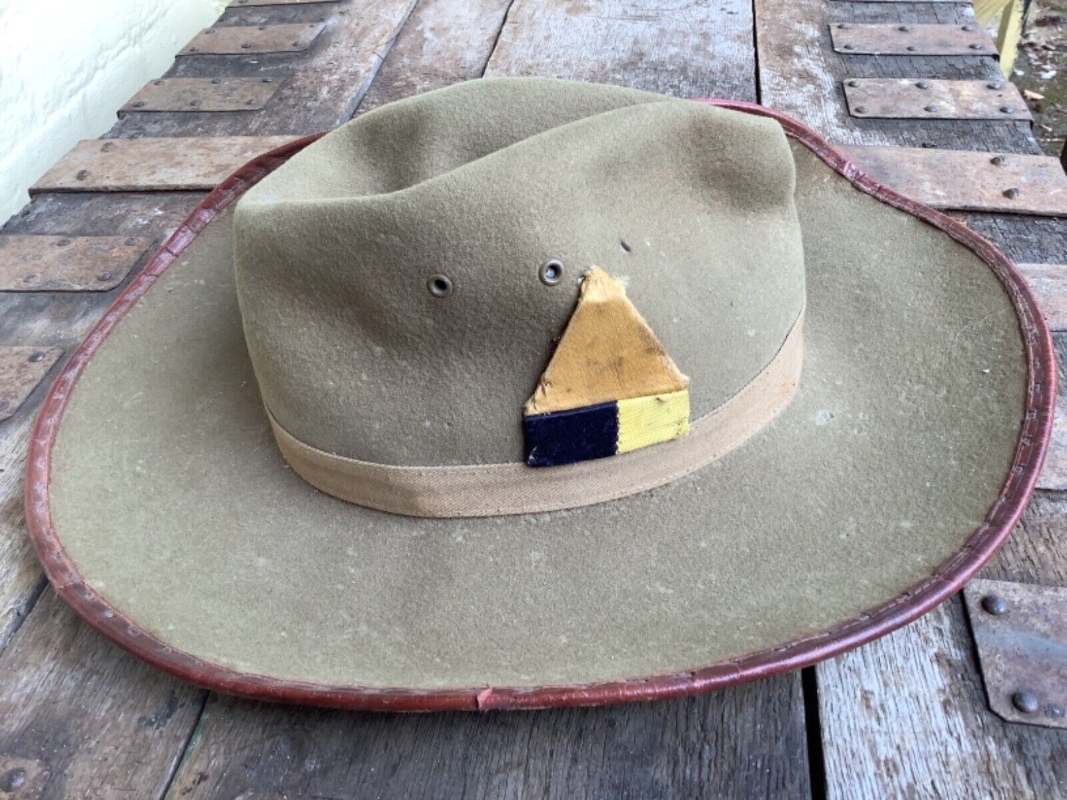

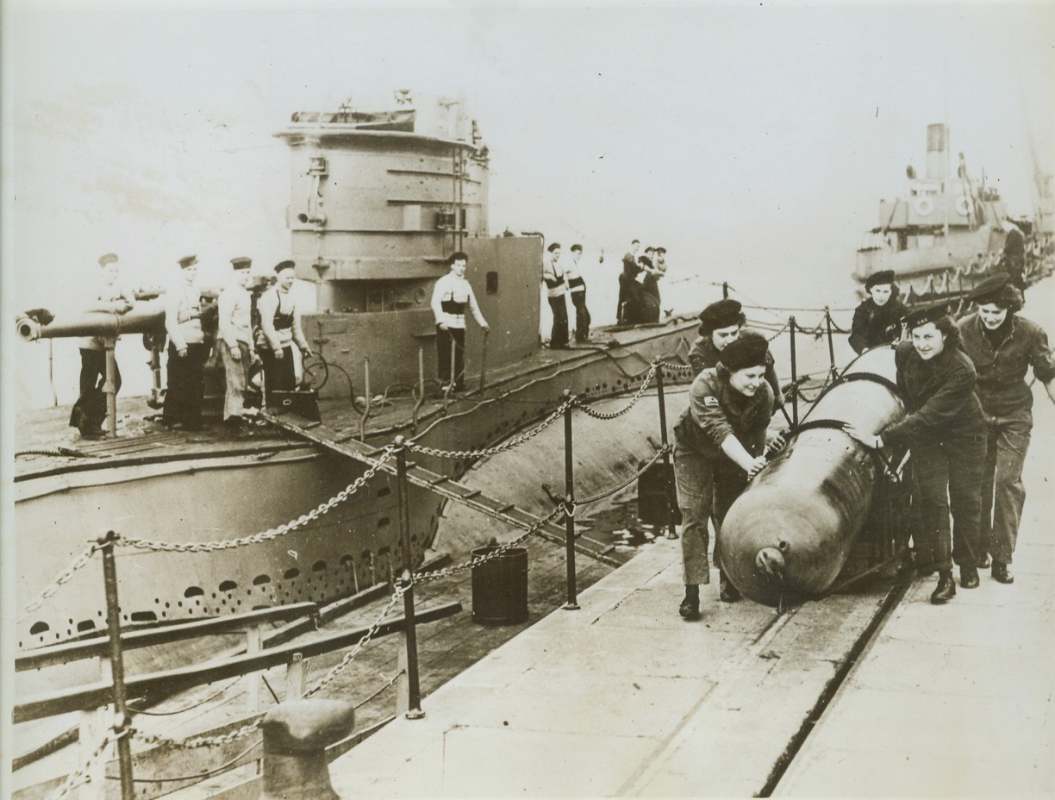
.jpg.0c0b982dcd5215a97a6a45c17b2973c5.jpg)
.jpg.62e6237afaa18a34a84593f8d995fc5d.jpg)
.jpg.37beeff973f230f5d93374ecc0f62042.jpg)
.jpg.c04f320665b647b3feb3e60af344cb21.jpg)
.jpg.a9219c6500c465b5bbe63632e1ecf04b.jpg)
.jpg.81a7ae9c94a417b62816557dea59025c.jpg)
.jpg.8d2ffc55d8e182830c2d0851e681122d.jpg)
.jpg.eb3488b9d2c78db6a4af0f5d18252b8a.jpg)
.jpg.1473a6d712e84989c03aceba5818b9db.jpg)
.jpg.fd9d5351e59fce11c3de2c126c0759b8.jpg)
.jpg.0de5c38ffd148976e0059b55261ae406.jpg)
.jpg.4ced66c94921ecf42a90fa6aa0f9739d.jpg)